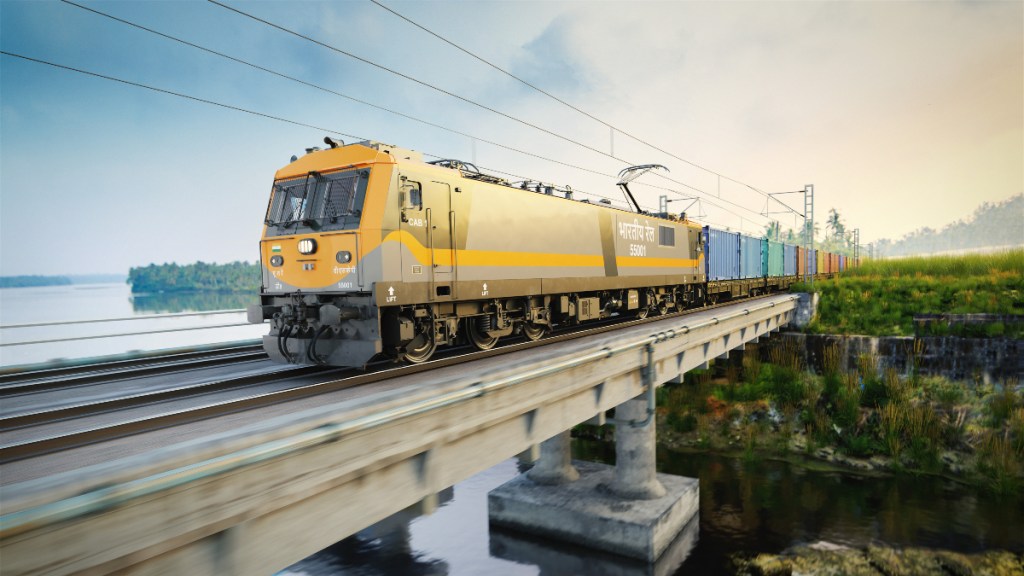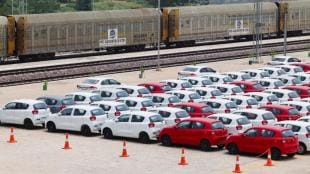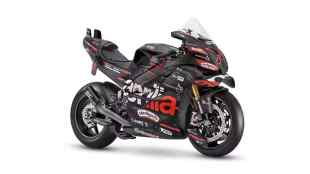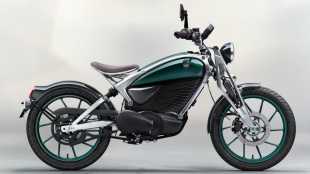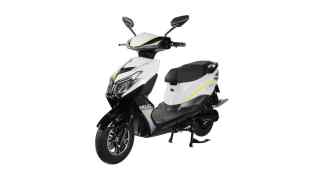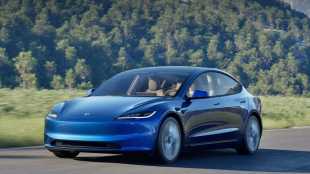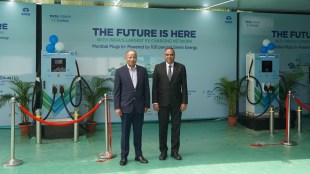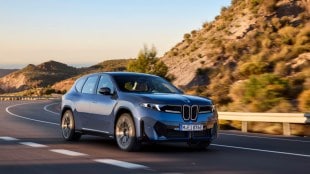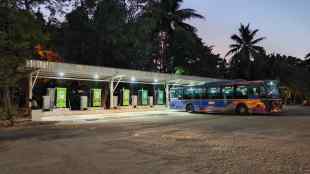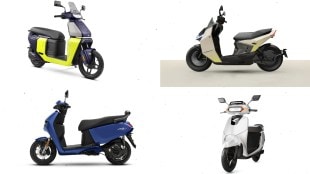Siemens has begun delivery of India’s first 9000 HP electric locomotive, with critical components built at its Nashik, Aurangabad, and Mumbai facilities. On May 26, 2025, Prime Minister Narendra Modi flagged off India’s first D9 – 9000 HP electric locomotive at Indian Railways’ state-of-the-art factory in Dahod, Gujarat.
Designed in collaboration with Siemens, this high-powered locomotive marks a new era in India’s rail freight movement, setting new standards in sustainability, technology, and indigenous manufacturing. With approximately 90% of its components made in India, the D9 stands as a shining example of the government’s “Make in India” initiative.
Siemens, responsible for the design, engineering, and maintenance of 1,200 such locomotives, worked through its manufacturing units in Nashik, Aurangabad, and Mumbai to produce the necessary components. The Dahod facility, built in under two years, features modern amenities such as Virtual Reality-based safety training, locomotive simulators, and efficient carriage movement systems.
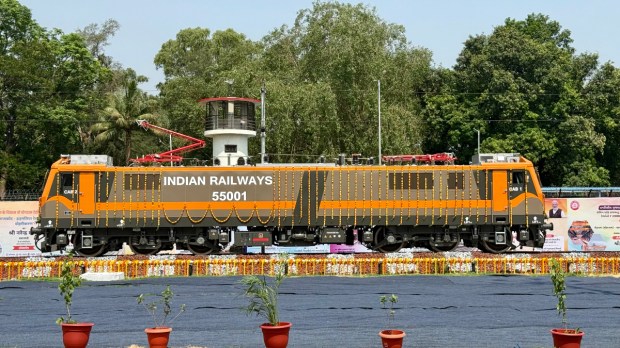
Sunil Mathur, MD and CEO of Siemens Limited, called the project a “commendable achievement” and highlighted its role in increasing rail freight share from 27% to 45%. The locomotive’s launch underscores India’s commitment to sustainable transport, with a projected savings of 800 million tons of CO₂ emissions over its lifecycle.
Cutting-Edge Technology for Future-Ready Transport
Each of the 1,200 locomotives boasts a powerful 9000 HP engine, a top speed of 120 km/h, and the capacity to haul 5,800 tons—making it one of the most powerful freight locomotives globally. Siemens will maintain the locomotives over their 35-year service lifespan using its Railigent X platform for predictive maintenance, ensuring maximum efficiency and availability.
The D9 is equipped with advanced digital tracking, the Kavach safety system, and green propulsion technologies, setting a benchmark for future locomotives. This initiative reflects Siemens’ and Indian Railways‘ shared goal of integrating technology with sustainability, aiming to transform India’s freight movement while reducing environmental impact.
